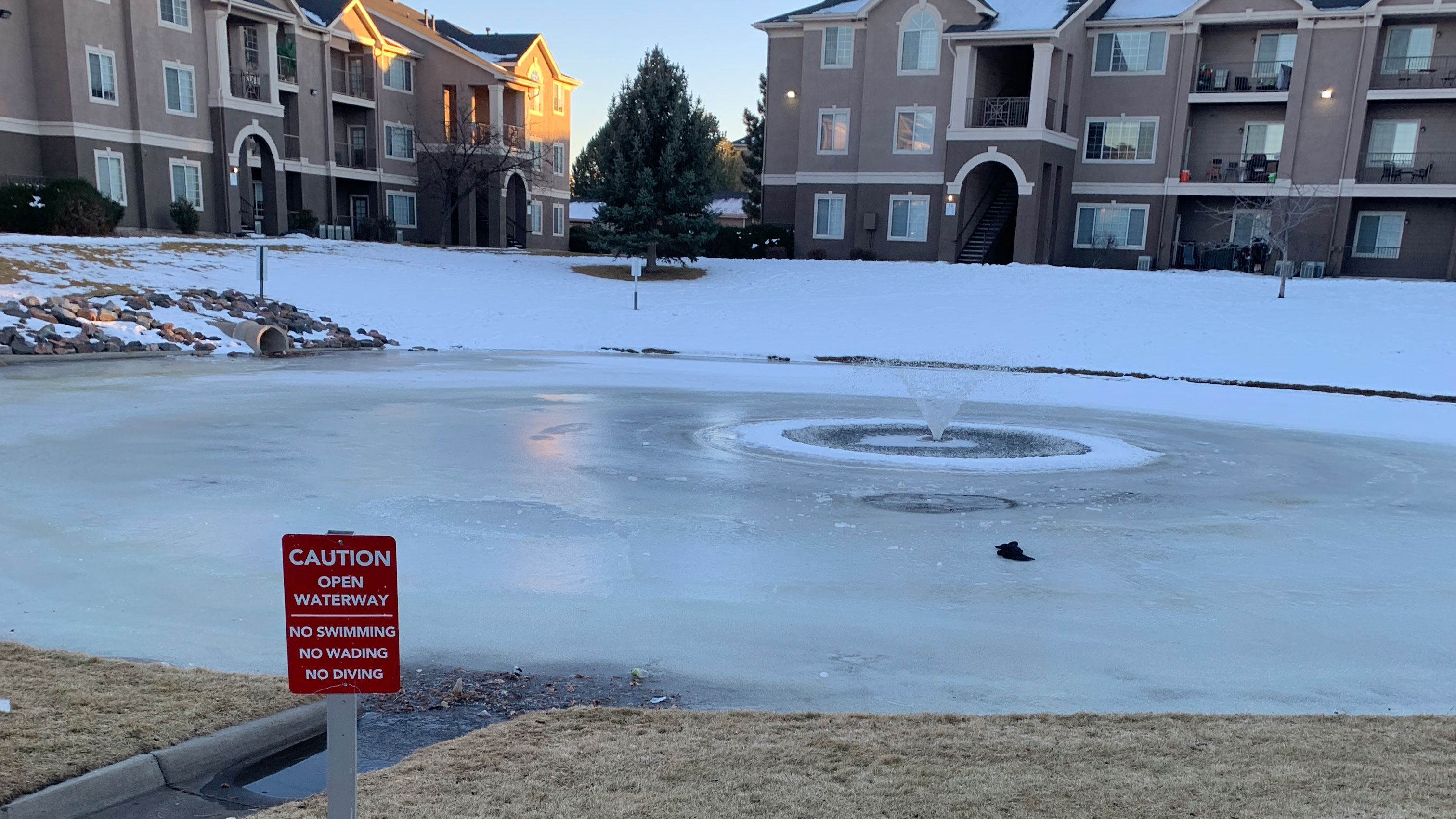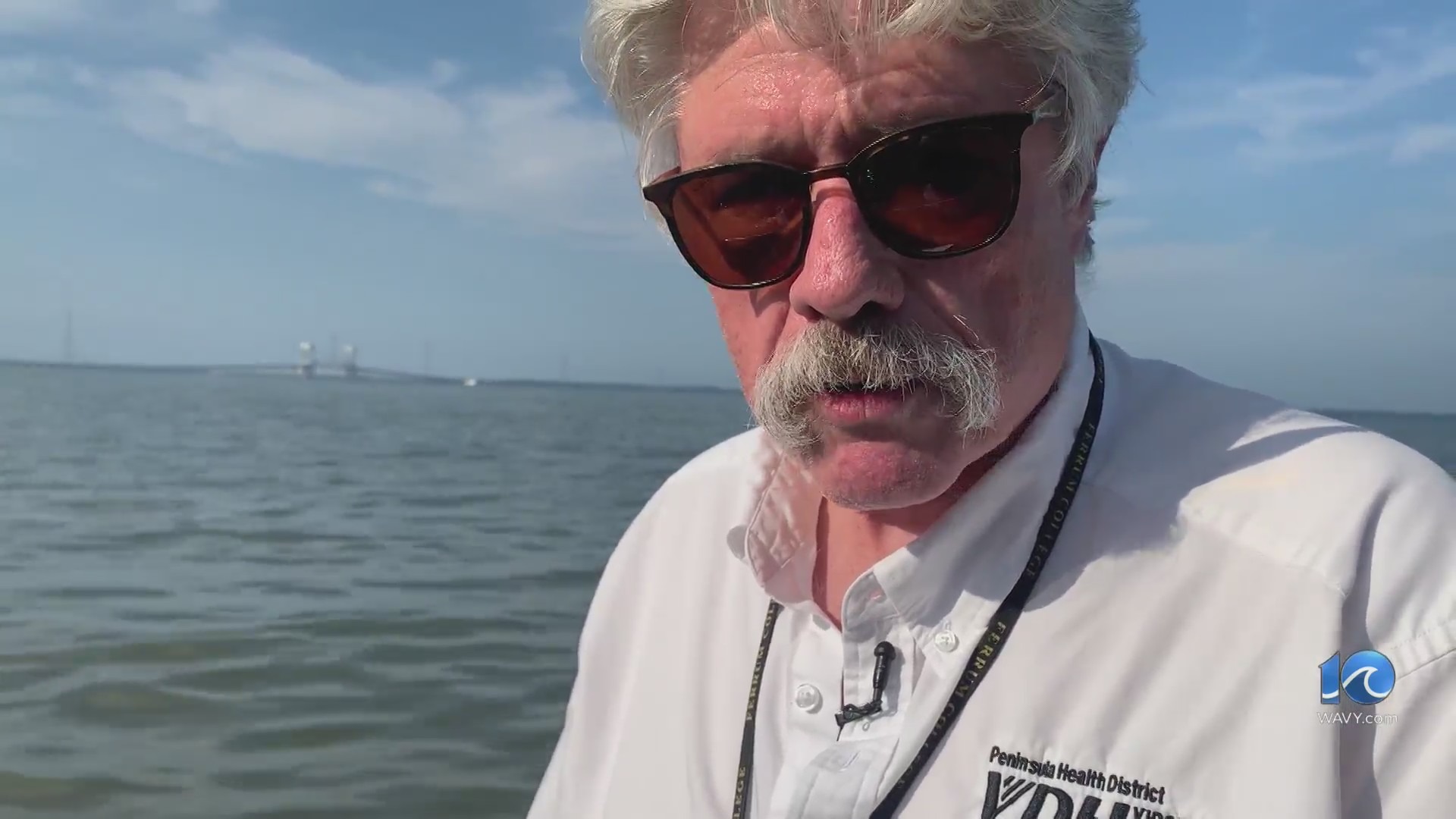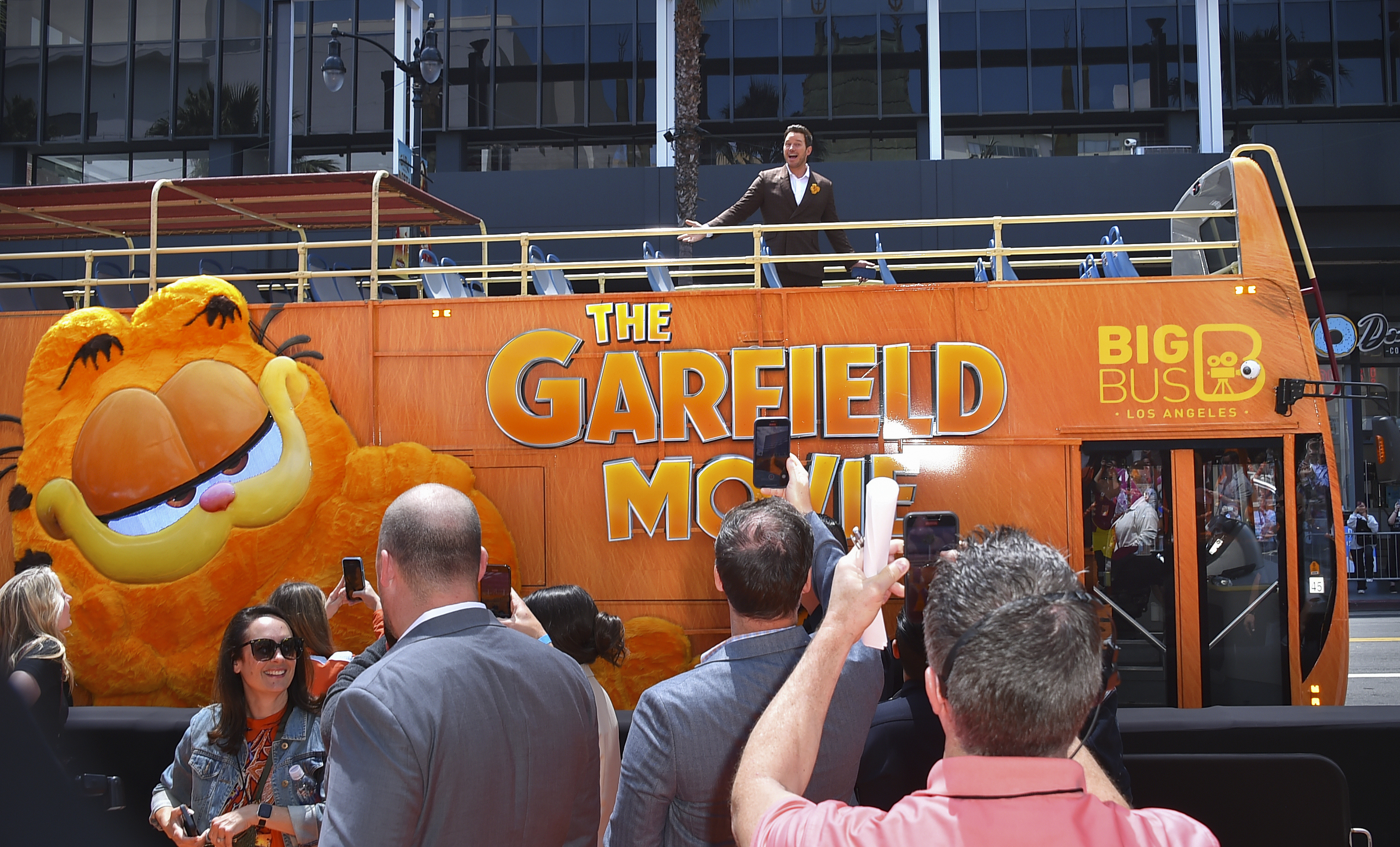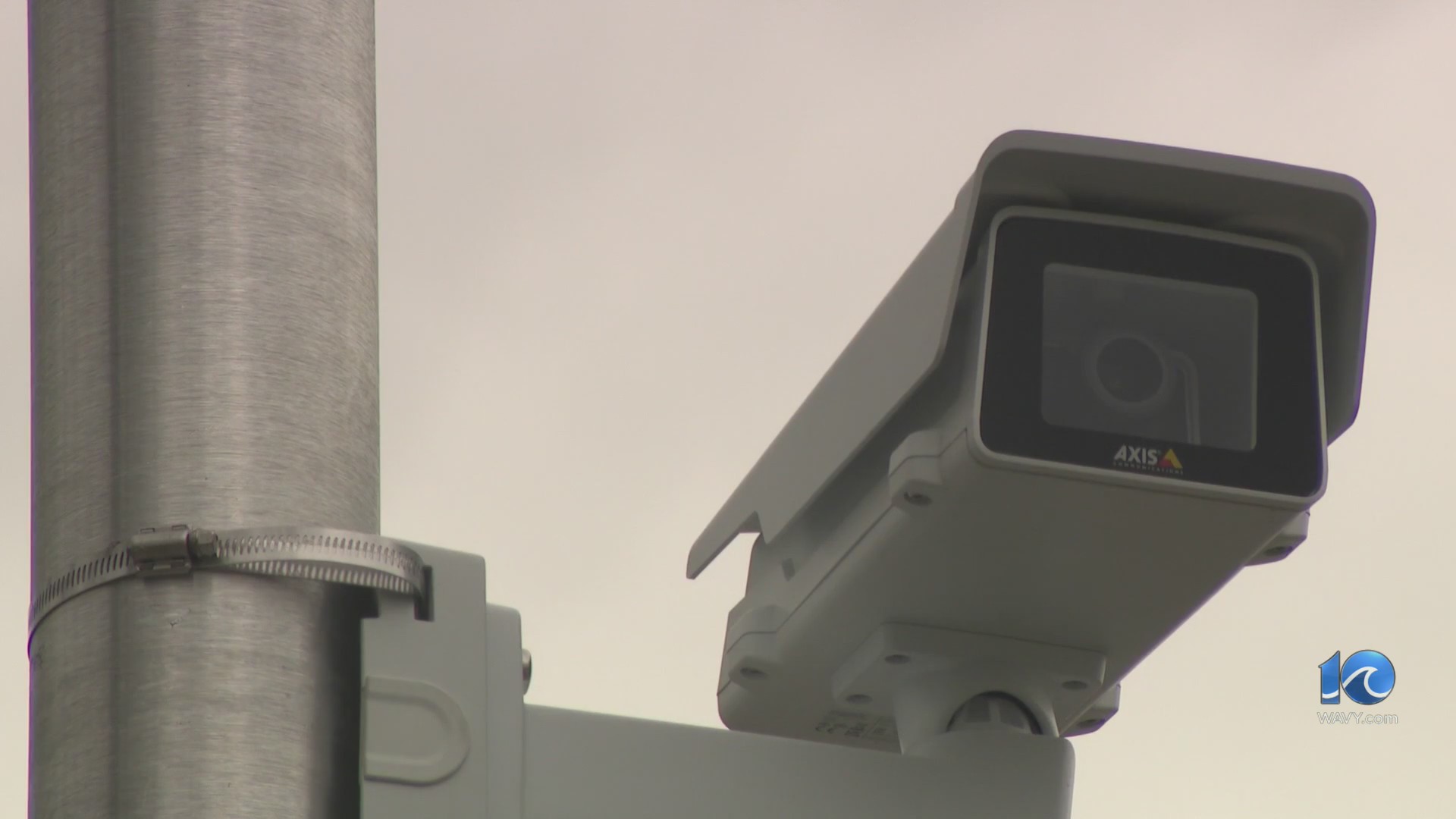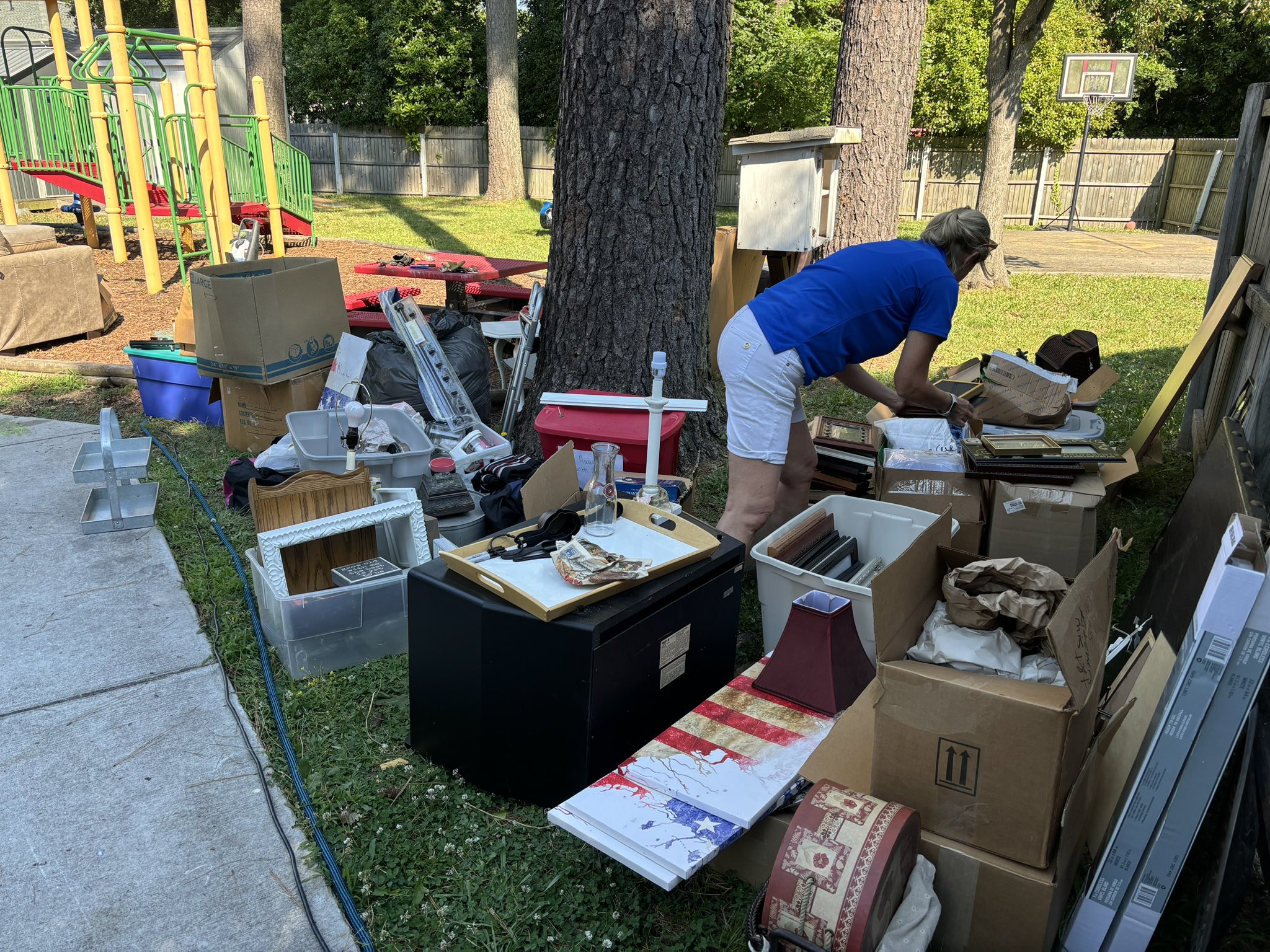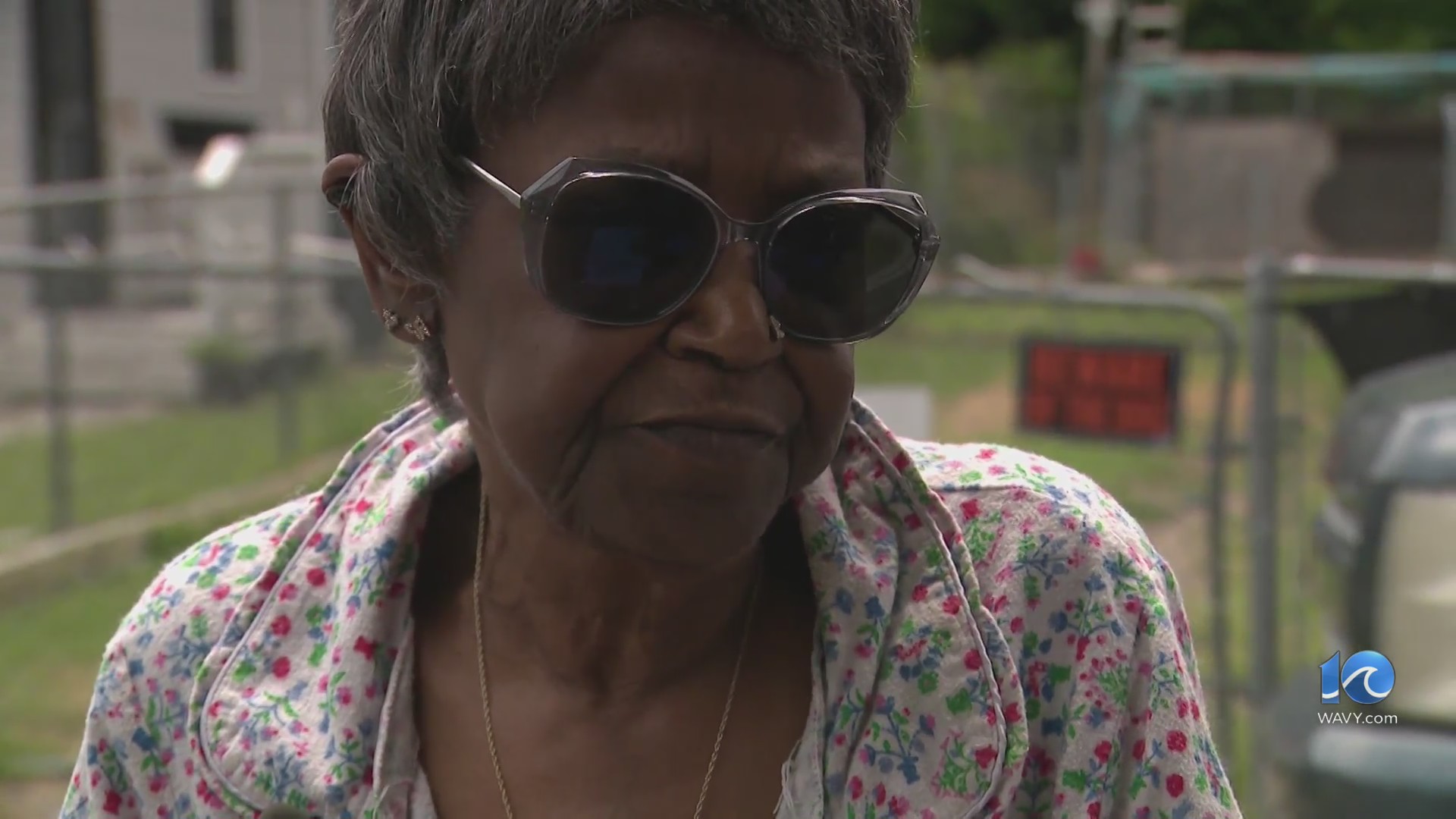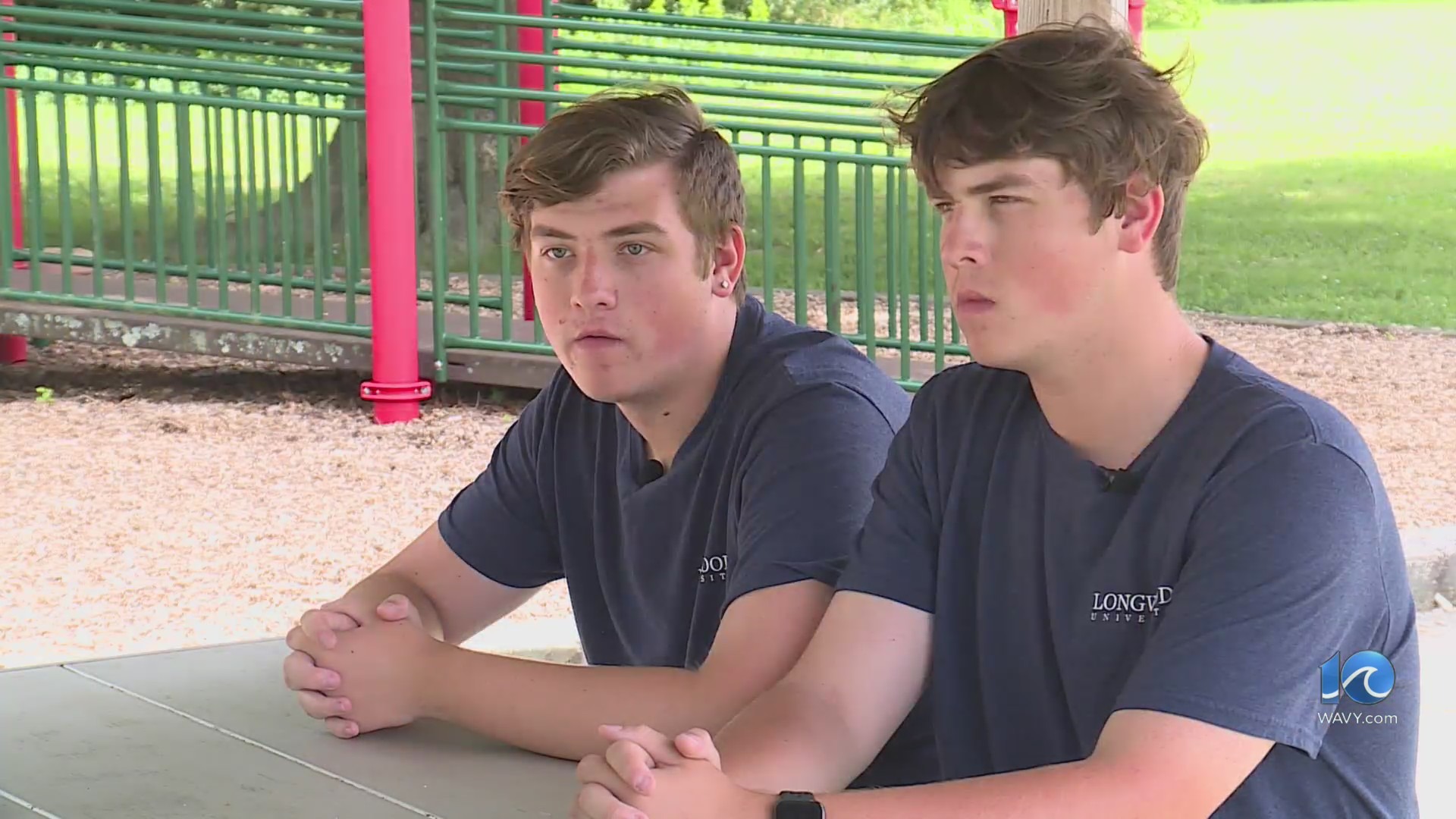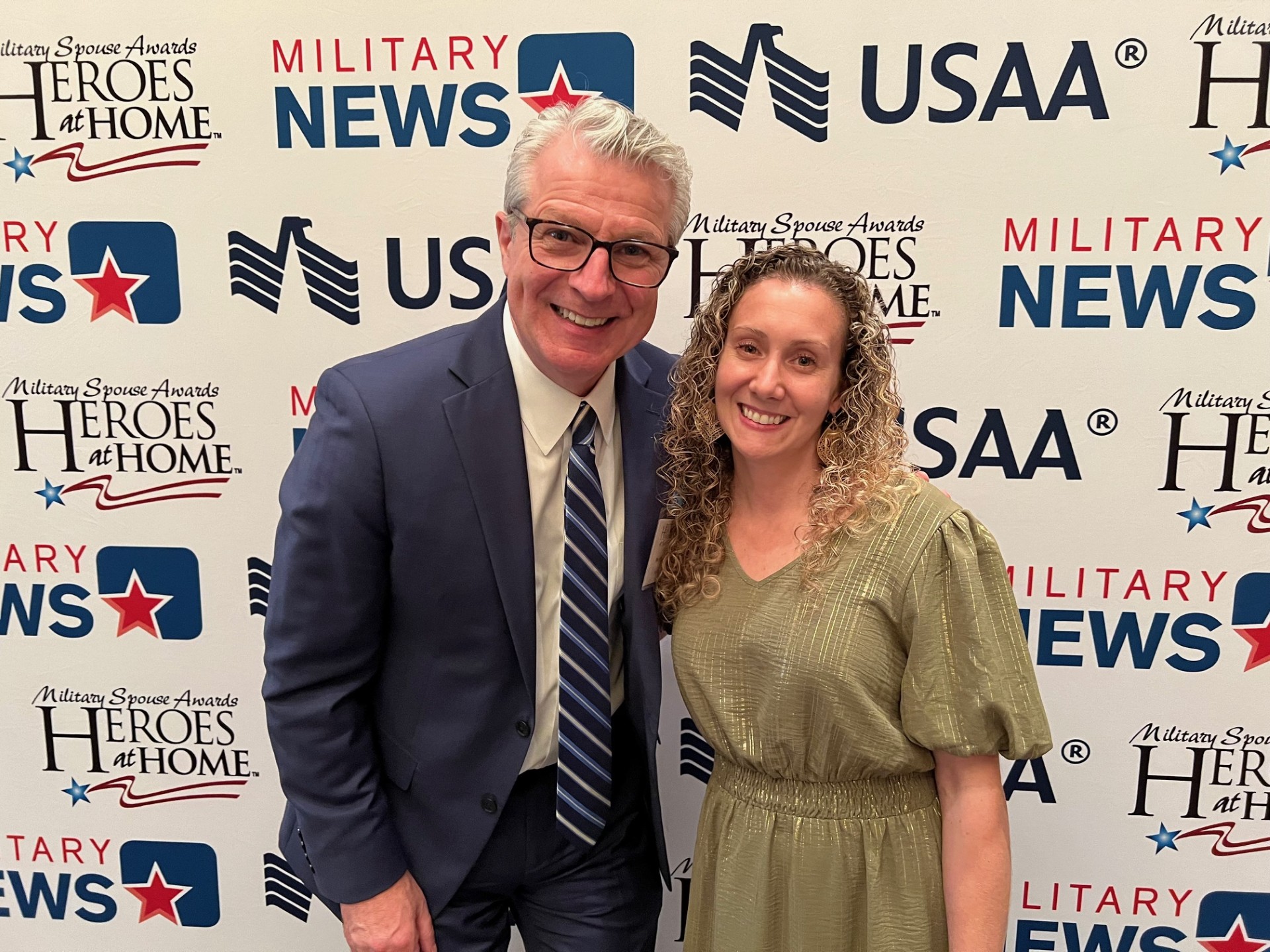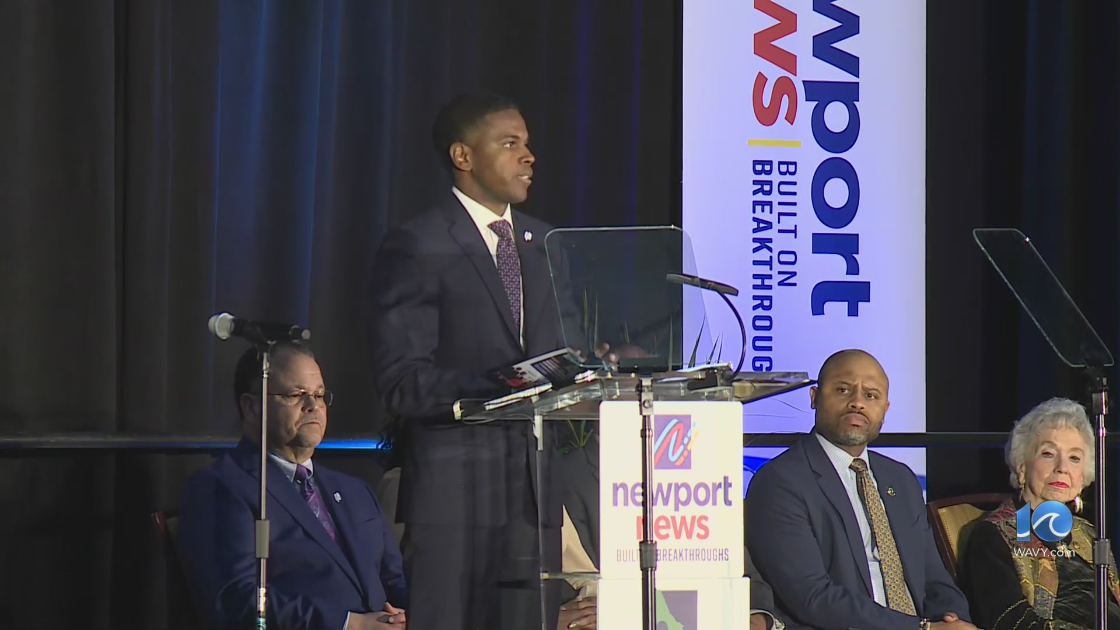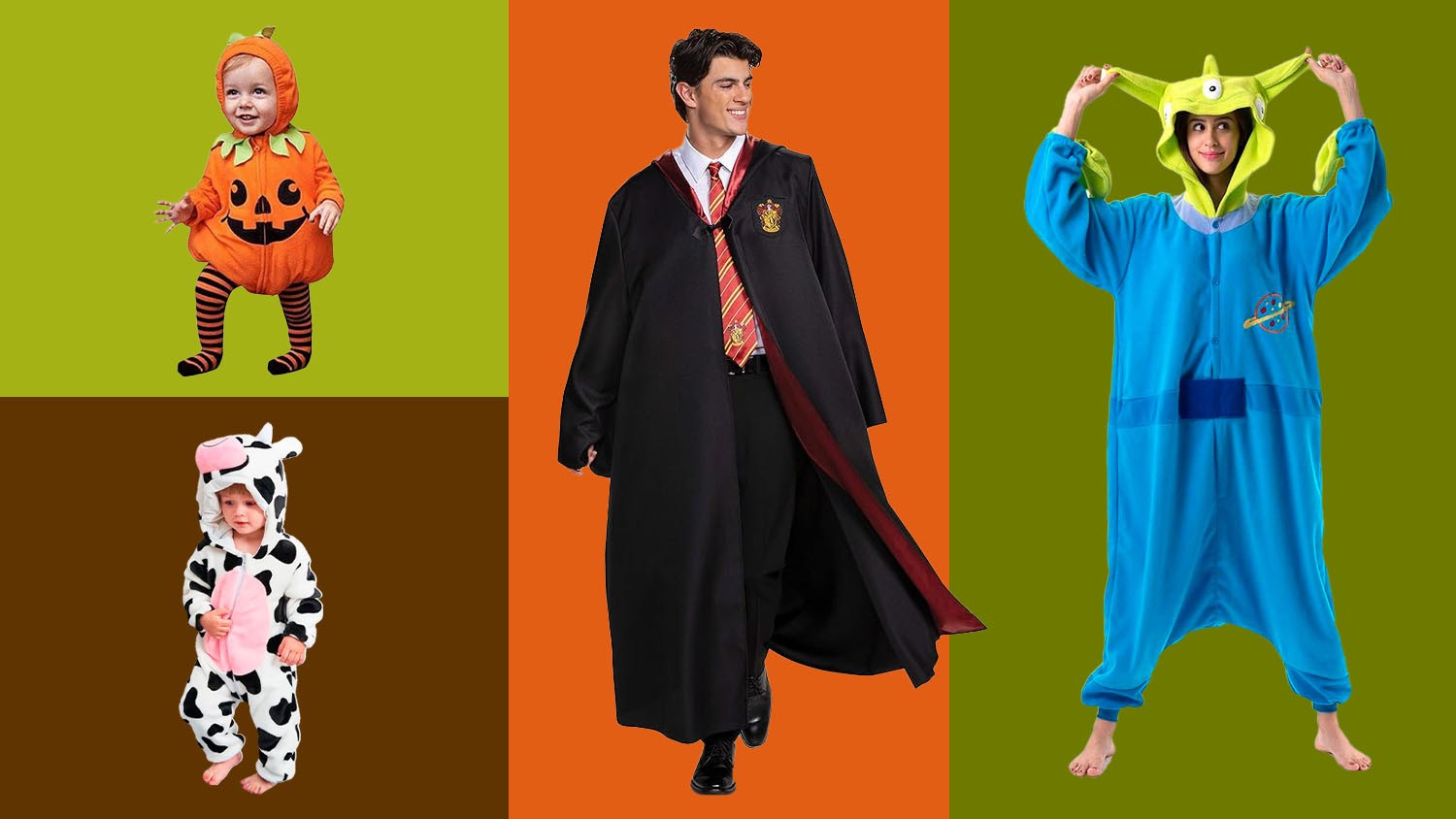Performance and interpretation on the ice are part of any figure skater’s program components score, or “artistic” score. Individuality and personality, plus physical, emotional, intellectual involvement and projection can all contribute to performance, while expression of the music’s character, feeling, and rhythm and use of finesse to reflect the details and nuances of the music fall under the umbrella of interpretation.
Figure skaters can use body movement and miming to bring the characters they are trying to portray on the ice to life. But beyond that, facial expressions are another tool to tell the story to the judges, audiences, and those watching on TV at home.
Karen Chen choreographs her own programs, but gets input from other sources to find the right expression at the right time in the music.
“It kinda develops as I get into the program and I find my connection to the music,” Chen told NBCOlympics.com. “Of course I’ll have dance teachers help me to really figure out what’s the right facial expression for the music and the character I try to portray.”
In the past, Ashley Wagner has played Satine from the movie “Moulin Rouge!” on the ice in her free skate. At nationals, she debuted a “La La Land” free skate. She’s able to depict a variety of expressions and connect with the audience because she identifies with the emotions and themes of the movie.
“I spend a lot of time in front of the mirror,” Wagner explained to a figure skating website. “When I’m really getting a program together I’ll practice it in front of a mirror and see if something emotes, because sometimes you can make a face but people aren’t gonna understand what it means. You have to make things very simple, but very dramatic and big without looking weird. You have to not be afraid to look a little bit ugly sometimes to make people really understand what you’re trying to do. It’s just being fearless, not caring what people think, and then practicing it.”
“It’s good practice. It’s really fun actually!” Chen said, while admitting that making faces in the mirror can feel “kind of embarrassing.”
Ice dancer Alex Shibutani said sarcastically, “That’s really all we do, we put our skates on, and then we just sit in front of a mirror and practice being happy and sad.”
In reality, he and sister Maia prefer to leave no stone unturned in their pursuit of creative success.
“We have lots of great coaches and people, dancers, we work with who provide input, but Maia and I are running the show,” he explained. “We have [coach] Marina [Zoueva] who really helps us a lot with her experience. But from an emotional perspective, we make sure that we’re really connected to the concept of our program so that the performance is authentic, not forced or an act.”
Meryl Davis and Charlie White, the 2014 Olympic ice dance champions and former training partners under Zoueva with the Shibutanis, said they trained with a mime to make sure they got it right.
“Some people, it comes to naturally, they’ll go with what feels right for them,” she said. “Some people it changes from event to event and competition to competition. You can see that evolution and that change in the way they’re expressing the music. The balance of figure skating is athletic and artistry. Some people are naturally definitely more on one side of that than the other. Oftentimes, the people who are really comfortable with the physical athletic side of things need a little bit of assistance when it comes to the performing side of things. Some people are the total opposite, where they are natural performers.”
White agreed, saying that ability to refine a skater’s expression depends on their level of comfort.
“What you feel comfortable with, what you feel comfortable spending energy on – not just on a training day but when you’re in the middle of competing – for some people, it’s very natural and they want to add the interest between themselves and the judges and the audience,” he said. “They gain energy from that, they don’t lose focus. Some people, you can tell, they need to be inside themselves to maintain the focus necessary to complete their jobs.”








